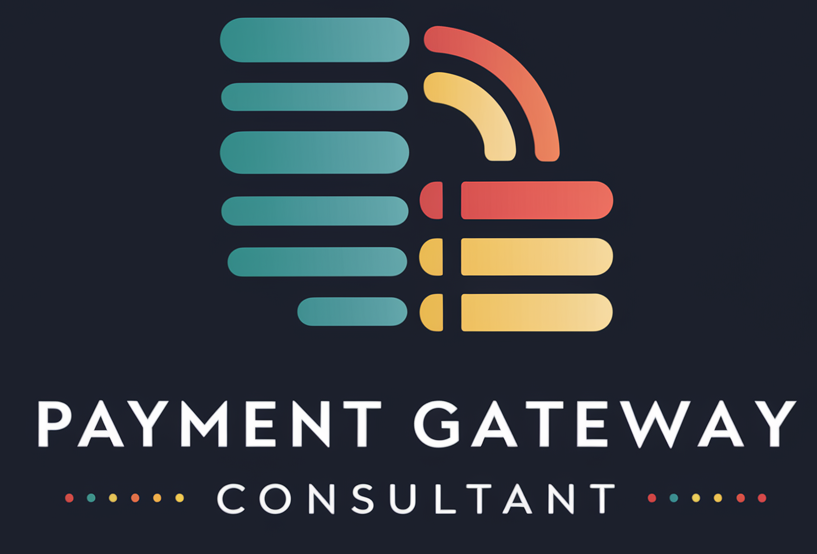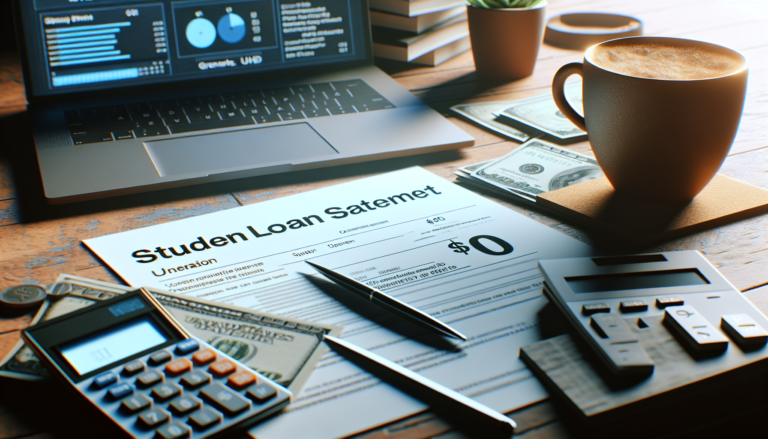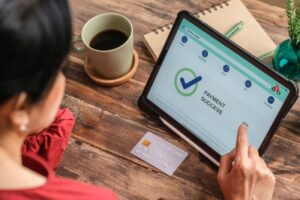Introduction to $0 Student Loan Payments
For millions of student loan borrowers, the sight of a $0 monthly payment can be both confusing and relieving. Recent changes to federal student loan repayment plans have resulted in a significant number of borrowers seeing their payments reduced to zero. This article explores the reasons behind $0 student loan payments, the eligibility criteria, and the potential benefits for borrowers.
Overview of Income-Driven Repayment Plans
Income-driven repayment (IDR) plans have been designed to help borrowers manage their student loan debt by adjusting monthly payments based on their income and family size. These plans aim to make payments more affordable and provide a path to loan forgiveness after a certain period. The most recent addition to the IDR options is the Saving on a Valuable Education (SAVE) plan, which has expanded eligibility for $0 payments.
Under IDR plans, monthly payments are calculated as a percentage of the borrower’s disposable income, typically ranging from 10% to 20%. If a borrower’s income is low enough, their monthly payment can be reduced to zero. This does not mean that the loan balance disappears, but rather that the borrower is not required to make payments until their income increases above a certain threshold.
What is the SAVE Plan?
The SAVE plan, introduced by the Biden administration, is a more generous version of the existing IDR plans. It aims to provide relief to a larger number of borrowers by setting the monthly payment at 10% of disposable income and increasing the income threshold for $0 payments.
According to the Education Department, under the SAVE plan, 6.9 million borrowers are now enrolled, with 3.9 million approved for $0 payments. This means that a significant portion of federal student loan borrowers are currently benefiting from reduced or eliminated monthly payments.
Eligibility Criteria for $0 Student Loan Payments
To qualify for $0 student loan payments under the SAVE plan, borrowers must meet certain income and family size requirements. The primary factors that determine eligibility are the federal poverty guideline and the borrower’s disposable income.
Income Thresholds and Federal Poverty Guidelines
The SAVE plan sets the payment threshold at 225% of the federal poverty guideline. For a single borrower, this means an income of less than $32,800 would result in a $0 monthly payment. For a family of four, the income threshold is $67,500.
These thresholds are significantly higher than previous IDR plans, allowing more borrowers to qualify for $0 payments. The increased eligibility is intended to provide relief to borrowers who may be struggling to make ends meet while also dealing with student loan debt.
Calculating Disposable Income
Disposable income is a key factor in determining a borrower’s monthly payment under IDR plans. It is calculated by taking the borrower’s adjusted gross income and subtracting 150% of the federal poverty guideline for their family size.
Under the SAVE plan, borrowers who have no disposable income will qualify for $0 monthly payments. This means that even if a borrower’s income is above the 225% threshold, they may still be eligible for $0 payments if their disposable income is zero after accounting for necessary expenses.
Benefits of $0 Student Loan Payments
While a $0 monthly payment may not directly reduce a borrower’s loan balance, it can provide significant financial relief and long-term benefits. Some of the key advantages of qualifying for $0 payments include:
Monthly Payment Reduction and Annual Savings
For borrowers who previously had to make monthly student loan payments, the reduction to $0 can free up cash for other expenses. The Education Department estimates that the average monthly bill reduction under the SAVE plan is $117, saving borrowers over $1,400 annually.
These savings can be substantial for borrowers who are struggling to balance their student loan payments with other financial obligations. The extra money can be used to pay down other debts, build an emergency fund, or invest in long-term goals.
Counting $0 Payments Towards Loan Forgiveness
Another significant benefit of $0 payments under IDR plans is that they count towards the borrower’s loan forgiveness timeline. Depending on the plan and the borrower’s situation, forgiveness may be available after 10-25 years of qualifying payments.
This means that even if a borrower is making $0 payments, they are still making progress towards loan forgiveness. Each month of $0 payments brings them closer to having their remaining balance discharged, providing a light at the end of the tunnel for those with significant student loan debt.
Common Questions and Concerns
The concept of $0 student loan payments can be confusing for many borrowers, leading to questions and concerns about what it means for their debt and future obligations.
Why Do I See $0 Payment Despite Having a Balance?
One common source of confusion is seeing a $0 payment due while still having an outstanding loan balance. Borrowers may worry that this is an error or that their debt has been forgotten.
In reality, a $0 payment simply means that the borrower’s current income and family size qualify them for a zero-dollar monthly payment under their IDR plan. The loan balance remains, and interest may continue to accrue, but the borrower is not obligated to make payments until their income increases above the threshold.
Public Service Loan Forgiveness and $0 Payments
For borrowers pursuing Public Service Loan Forgiveness (PSLF), $0 payments can be especially beneficial. PSLF offers loan forgiveness after 120 qualifying payments for borrowers working in eligible public service jobs.
Under the SAVE plan, $0 payments count towards PSLF as long as the borrower is meeting the other program requirements. This means that borrowers can make progress towards PSLF even if their income is low enough to qualify for $0 payments.
Resources and Support for Borrowers
Navigating the world of student loans and repayment plans can be overwhelming, but borrowers don’t have to go through it alone. There are various resources and support systems available to help borrowers understand their options and make informed decisions.
Community Support and Online Resources
Online communities, such as Reddit’s r/StudentLoans, provide a platform for borrowers to share experiences, ask questions, and offer support to one another. These communities can be valuable sources of information and encouragement for those dealing with student loan challenges.
In addition to community support, there are numerous online resources dedicated to student loan education and advice. Websites like Student Loan Hero and NerdWallet offer articles, calculators, and tools to help borrowers understand their loans and explore repayment options.
Government and Educational Resources
The U.S. Department of Education provides official information and resources for federal student loan borrowers. Their website, StudentAid.gov, offers detailed explanations of repayment plans, loan forgiveness programs, and the loan consolidation process.
Many colleges and universities also have financial aid offices that can provide guidance and support to current students and alumni. These offices can help borrowers understand their loan obligations, explore repayment options, and connect with additional resources.
In conclusion, $0 student loan payments under the SAVE plan and other IDR options can provide significant relief for borrowers struggling with their debt. By understanding the eligibility criteria, benefits, and available resources, borrowers can make informed decisions about their repayment strategy and work towards long-term financial stability.
See also:
- Why Did My Student Loan Payment Increase? Find Out Now
- What is Balloon Payment? Definition, Examples, and Key Insights
- How to Buy a House with Low Income and No Down Payment
- When is a Mortgage Payment Considered Late? Essential Guide
- What Is a Deferred Payment? Understanding Its Benefits and Mechanisms






